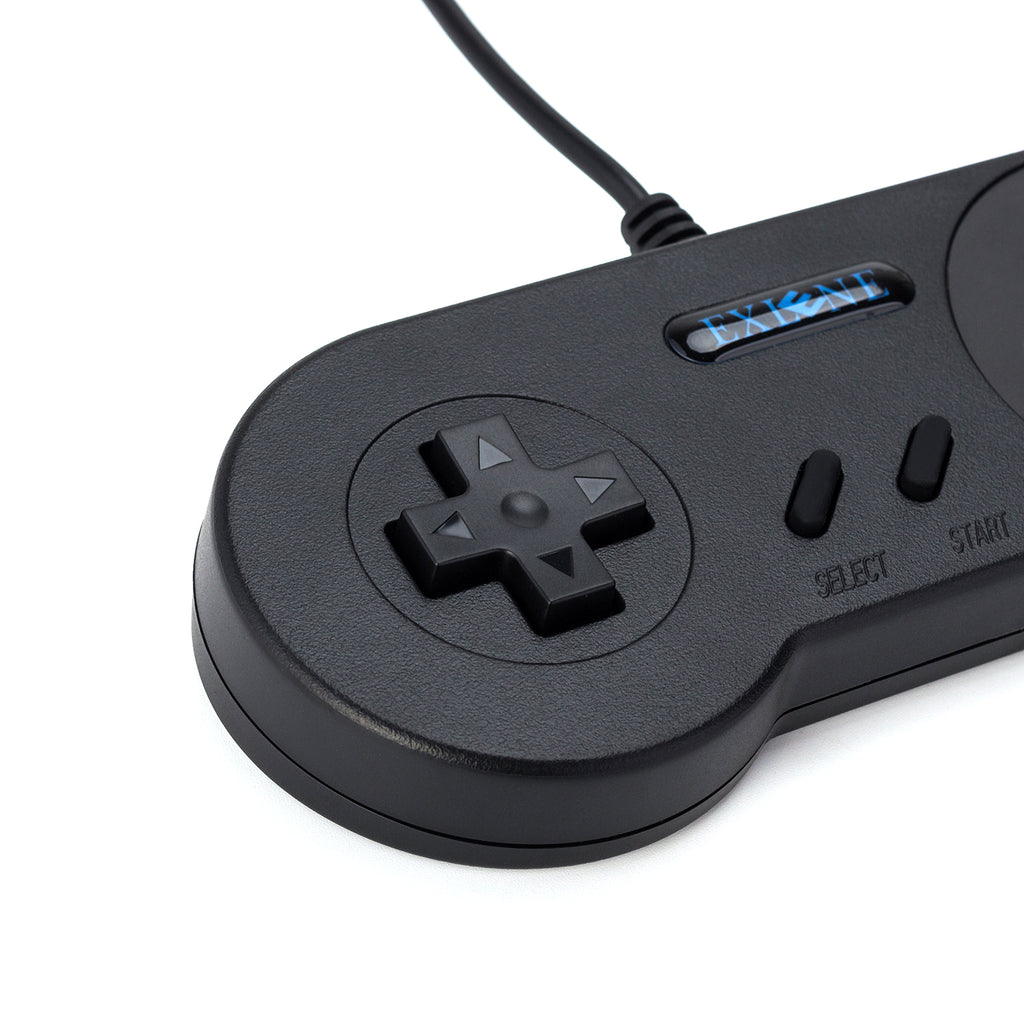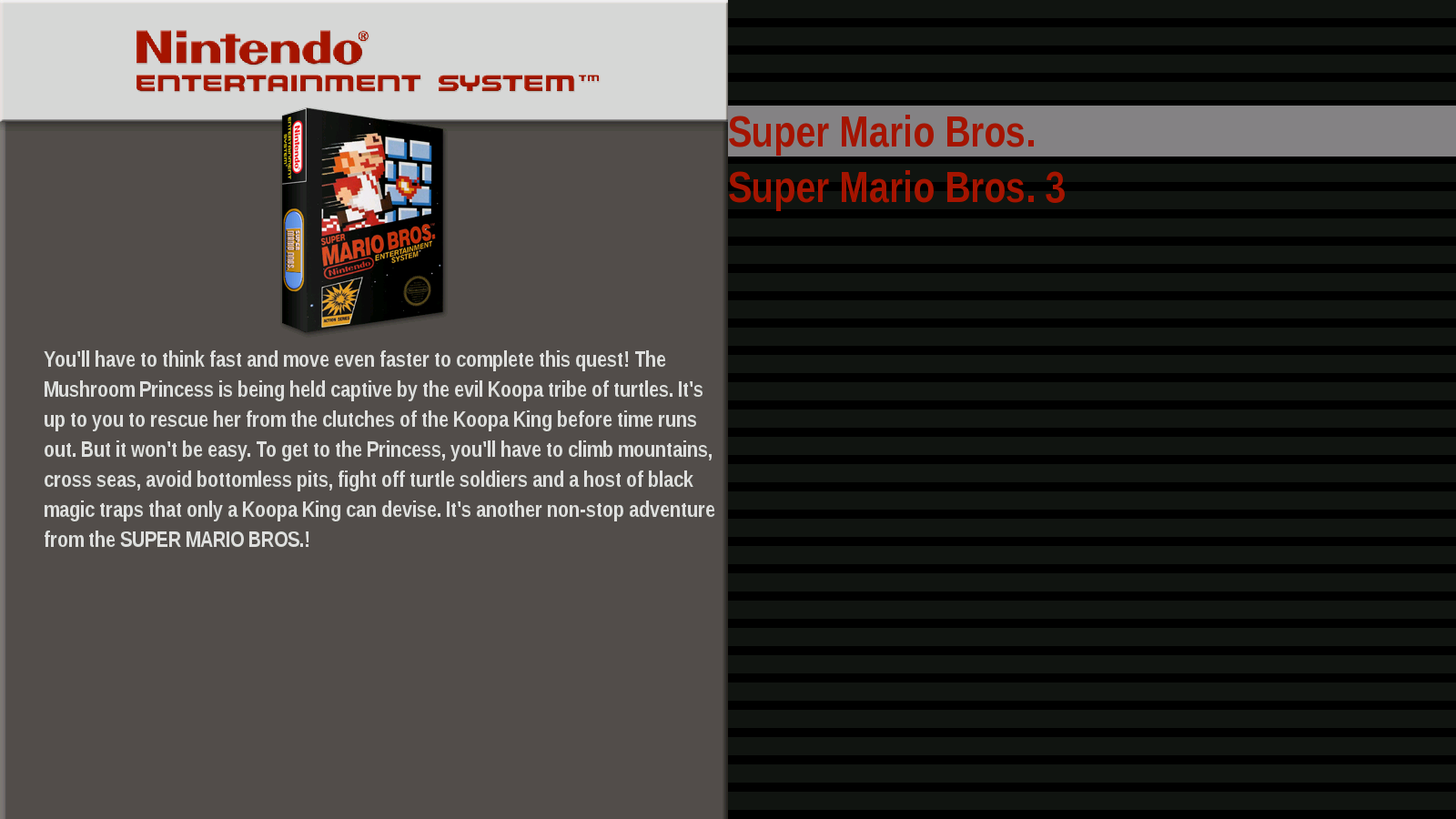

Every single thing you plug on a USB port of your Raspberry Pi will draw power, and controllers, USB drives and keyboards are some of the devices that will draw the most from your system, making Retropie show that little yellow bolt icon on the top right corner of the screen.

Some of the power supplies you buy in kits such as Vilros or CanaKit do not provide enough power to the Raspberry Pi board. Lack of power on your system is one of the major issues that will cause a controller to loose it’s configuration and become completely inoperable. These are from my own experience, and not a definitive guide, but I’ve faced controller issues with some of the best controllers available, and had to fully reset my controller configuration on EmulationStation in order to be able to play again. When is it necessary for me to fully reset my controllers in Retropie? Some of those issues happened over and over, and the only way to recover any type of functionality from your controllers, is completely resetting them on the system. Over the years, I’ve noticed a number of issues that can make your controllers completely unresponsive, no matter what the version of Retropie you are using, or the type of Raspberry Pi board you are playing with. There are a number of factors that might damage your controller configuration, and make your controllers completely unresponsive in Retropie, precisely in EmulationStation. If you are using Retropie for your retro gaming, you’ll soon realize that more often that you’d like, you’ll find your gamepad or controllers unresponsive when you start a game, or even during gameplay. How to Completely Reset Your Controllers in Retropie How to Completely Reset Your Controllers in Retropie.


 0 kommentar(er)
0 kommentar(er)
